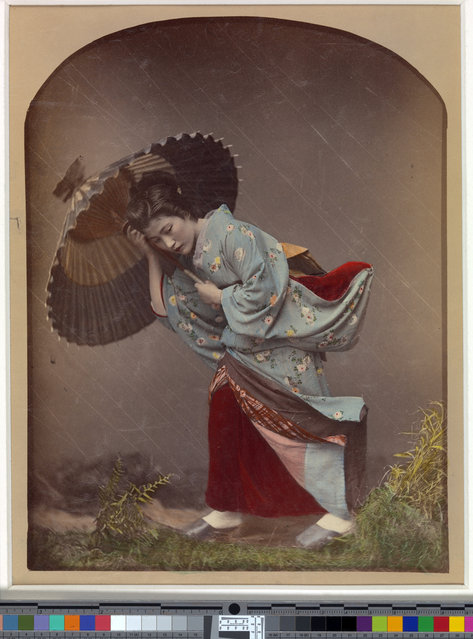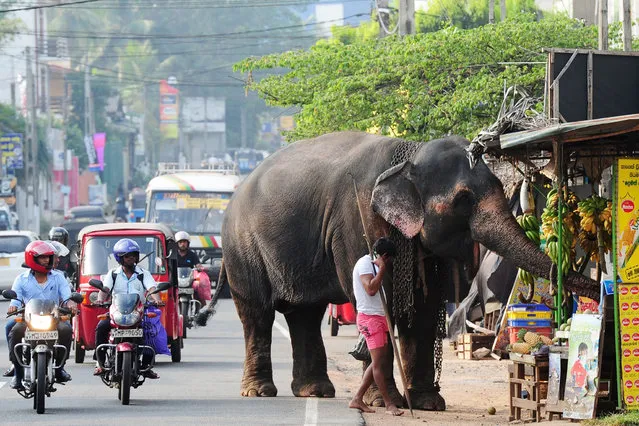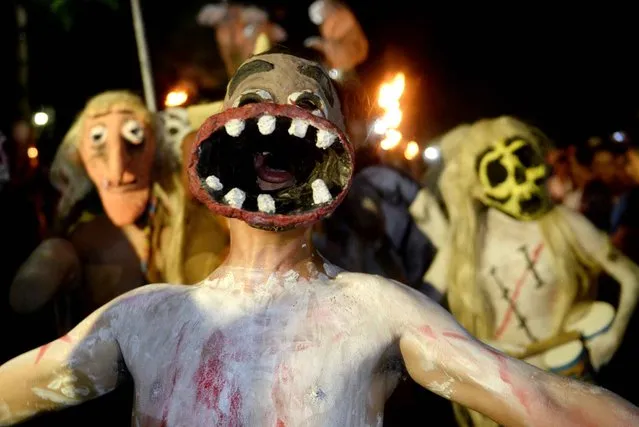
A tattoo of a weapon covers the arm of a female inmate waiting to compete in the annual beauty contest at Talavera Bruce penitentiary in Rio de Janeiro, Brazil, early Thursday, November 23, 2017. Jail authorities say they organize the annual contest to encourage self-esteem, fight idleness and promote integration among women prisoners. (Photo by Silvia Izquierdo/AP Photo)
25 Nov 2017 07:57:00,post received
0 comments







